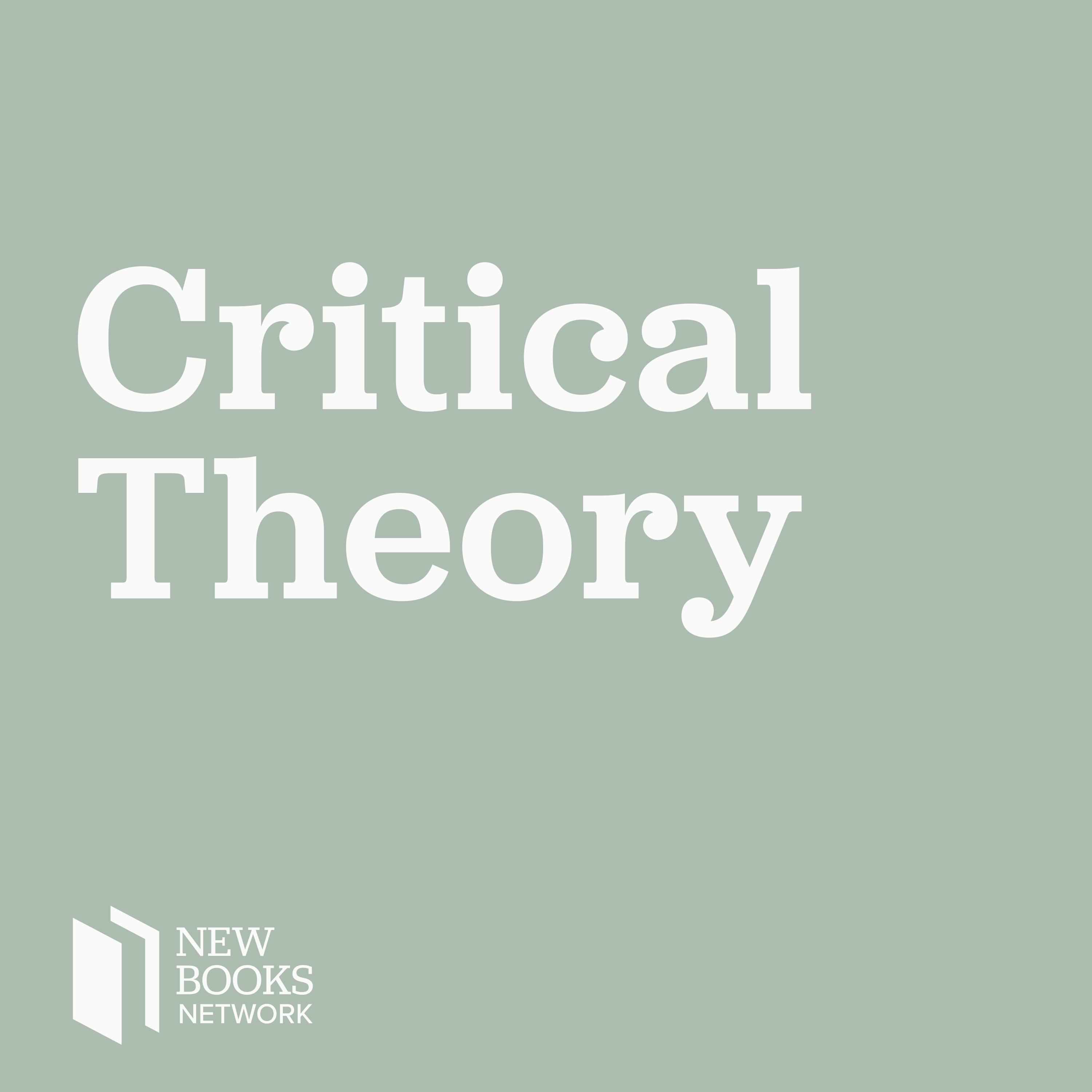
Rebecca Ball, "A Hundred English Working-Class Lives, 1900-1945" (Palgrave MacMillan, 2024)

New Books in Critical Theory
Deep Dive
What inspired Rebecca Ball to write 'A Hundred English Working-Class Lives, 1900-1945'?
The book originated from her interest in the experiences of individuals who lived through two world wars—one as a child and another as an adult. Initially, she expected the wars to significantly shape their narratives, but as she explored autobiographies, she found that everyday life had a greater impact. This led to her PhD thesis and later expanded into the book.
How did Rebecca Ball source the autobiographies for her book?
She discovered the first autobiography in a footnote from historian Rosie Kennedy's work, which led her to the Brunel University archive of working-class life histories. This archive was built from a 1980s initiative by social historians John Burnett, David Vincent, and David Mayall, who collected autobiographical material to prove that the working class did write about their lives.
What were the childhood experiences like for the working-class individuals in the book?
Childhood experiences varied widely, with some living in extreme poverty and others in slightly better conditions. Relationships with parents ranged from tumultuous to affectionate. Despite these differences, many described their childhoods as difficult or exposed compared to modern standards, with a mix of carefree play and family struggles.
Why is there a sense of nostalgia about housing in the autobiographies?
Although housing conditions were generally poor, many autobiographers expressed nostalgia because their homes were central to family and community life. Despite subpar or even slum-like conditions, these spaces were tied to memories of carefree childhood and innocence.
How did the two world wars impact the lives of the working-class individuals in the book?
The wars were often background events in their narratives, with more focus on everyday struggles like food rationing. For children, the war brought some excitement, such as the aftermath of air raids. Only two of the 100 autobiographers lost their fathers in World War I, so death and absence were not central to most of their experiences.
What were the educational experiences of the working-class children in the book?
Most left school around age 14, with limited opportunities for further education due to financial constraints. Some children purposefully failed exams to avoid burdening their families with the costs of books and uniforms. Even scholarships were often unattainable due to family responsibilities.
What types of jobs did working-class individuals take when they entered the labor market?
They often took any available job, regardless of skill or interest, to contribute to family income. Men worked in a variety of blue-collar jobs, while women were typically pushed into domestic work or office jobs. Many women left employment after marriage or childbirth due to societal expectations and lack of childcare.
How did gender roles shape the lives of the working-class individuals in the book?
Gender roles were rigid, with men expected to work and women to manage domestic responsibilities. Men took on diverse jobs, while women were often confined to domestic or office work. Marriage and children typically ended women's employment, reflecting societal norms and practical limitations.
What were the romantic and marital relationships like for the working-class individuals in the book?
Most autobiographers described loving and harmonious relationships with their spouses. Men often expressed poetic admiration for their wives, while women were more matter-of-fact. The narratives suggest a shift toward companionate marriages, where couples spent leisure time together, though traditional gender roles persisted.
What leisure activities did the working-class individuals engage in during childhood and adulthood?
In childhood, they enjoyed outdoor play like chasing games and skipping rope. As adults, leisure was shaped by financial constraints, with activities like free shows, cinema visits, and sports. Rambling remained a popular pastime, reflecting a continued love for outdoor activities.
Why do major historical events like the world wars occupy a peripheral place in the autobiographies?
The wars were often background events because not all social changes directly impacted the individuals. While the wars caused upheaval, many experienced continuity in their daily lives. This mirrors how modern individuals might view events like COVID—as a backdrop rather than a central focus.
What is microhistory, and how does it apply to Rebecca Ball's book?
Microhistory focuses on small groups or events to explore broader historical issues. In the book, it allows for an in-depth look at 100 working-class lives, offering insights into education, employment, gender, and family. While not representative of all working-class experiences, it highlights individual stories that challenge broader historical narratives.
What are Rebecca Ball's future research interests?
She is interested in exploring the history of contraception and attitudes toward sex among the working class, as well as sibling relationships. These topics are often overlooked but provide valuable insights into family dynamics and social norms.
Shownotes Transcript
How do ordinary people write the stories of their lives? In A Hundred English Working-Class Lives, 1900-1945 )(Palgrave MacMillan, 2024), Rebecca Ball), a lecturer in history at Manchester Metropolitan University), presents the microhistory of a series of working-class autobiographies. Ranging from childhood experiences, through education, work, marriage and death, the book draws on the hundred voices to paint a rich and evocative picture of working-class life. These lives are lived against the backdrop of huge global events, not least of which are two world wars. Yet what comes through is the sense of continuity of everyday life even in the face of such huge social change. Offering theoretical reflection for historians as well as being accessible to general readers, the book is essential reading for anyone interested in understanding life in the first half of the twentieth century.
Learn more about your ad choices. Visit megaphone.fm/adchoices)
Support our show by becoming a premium member! https://newbooksnetwork.supportingcast.fm/critical-theory)